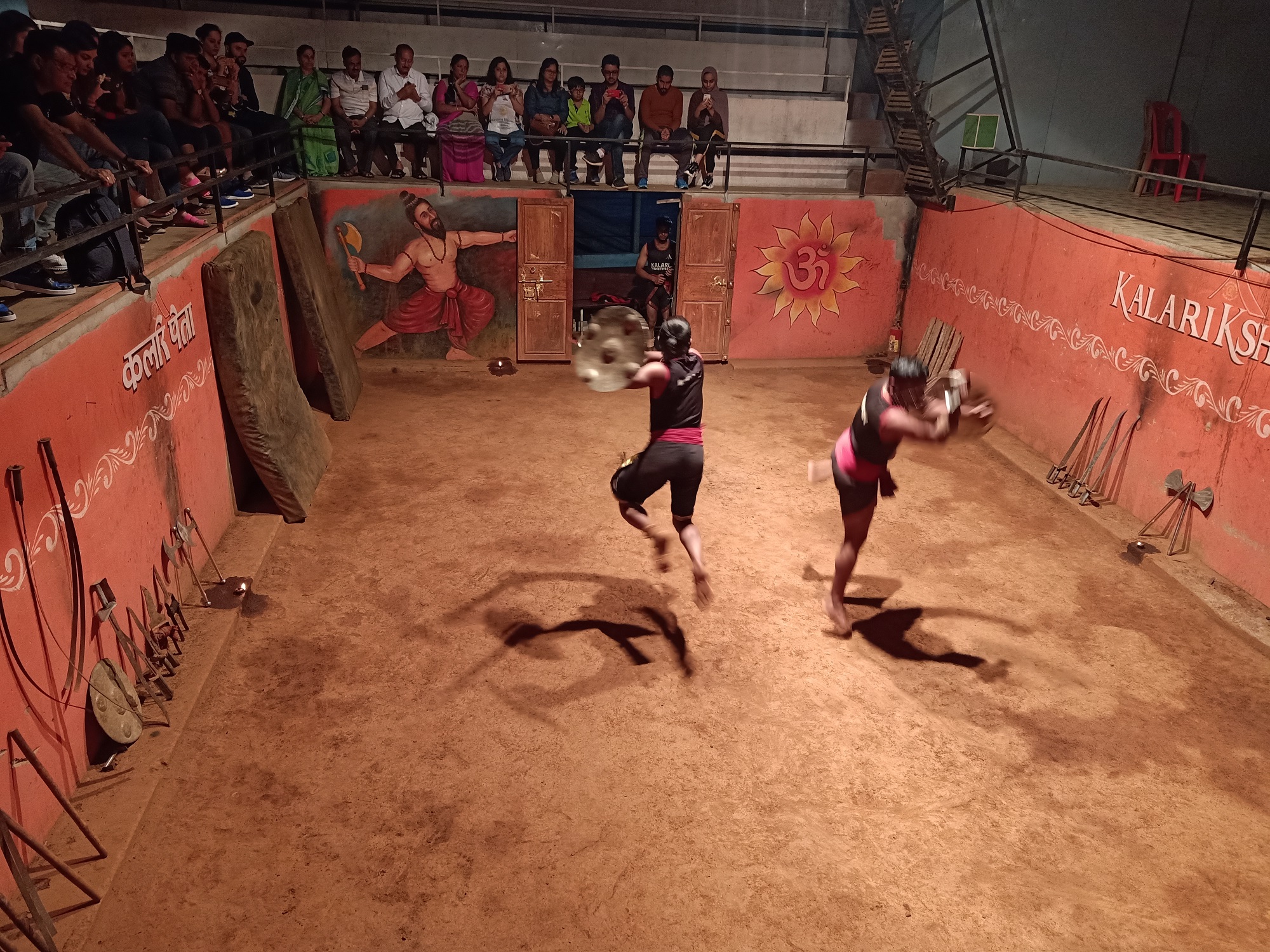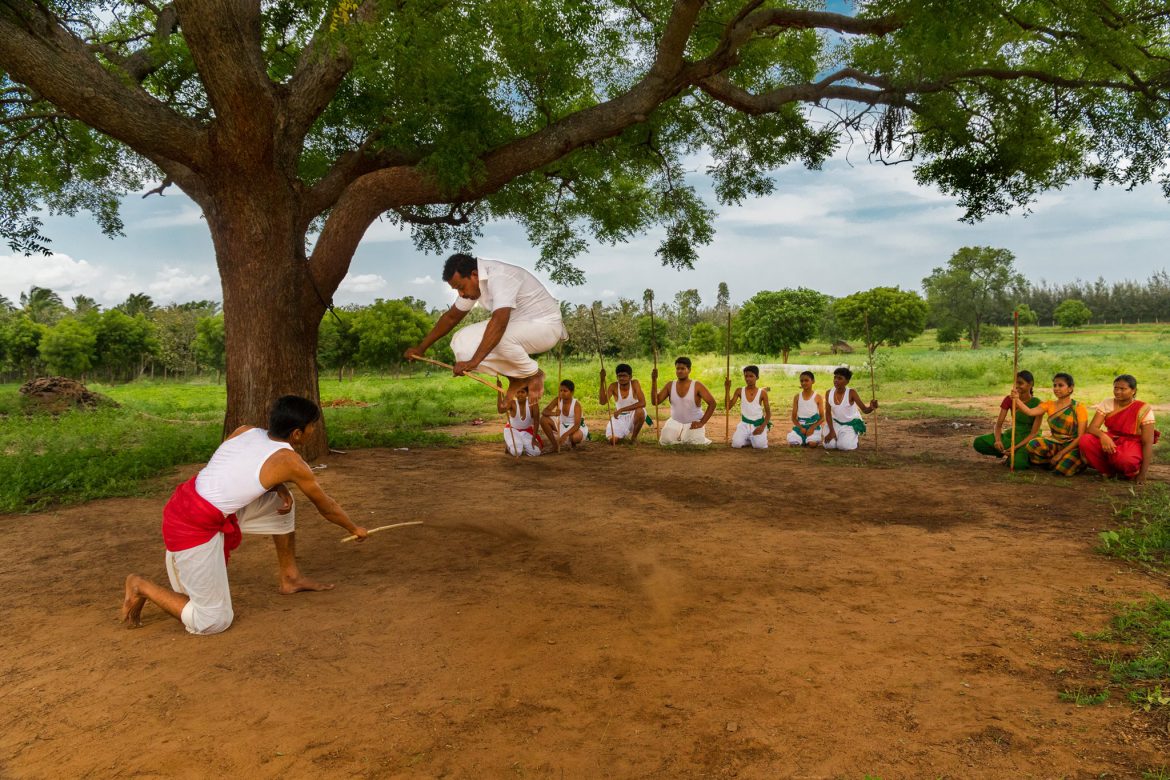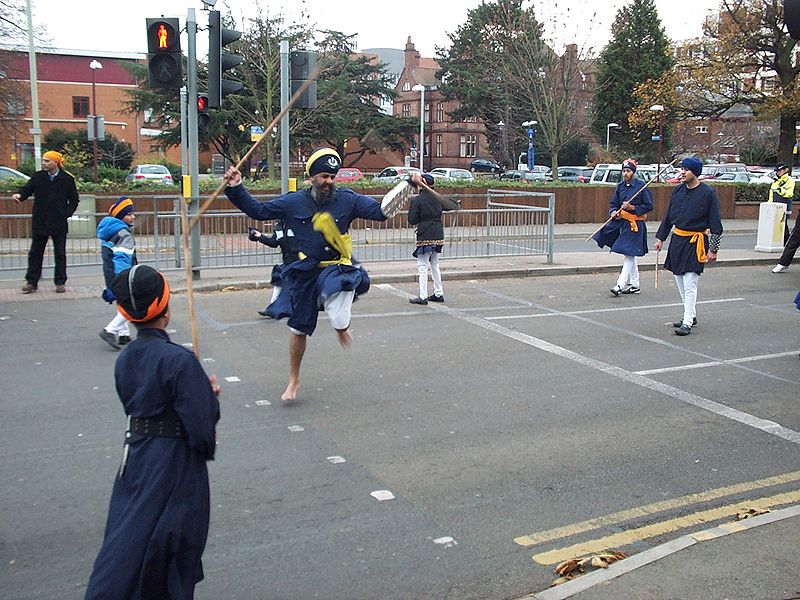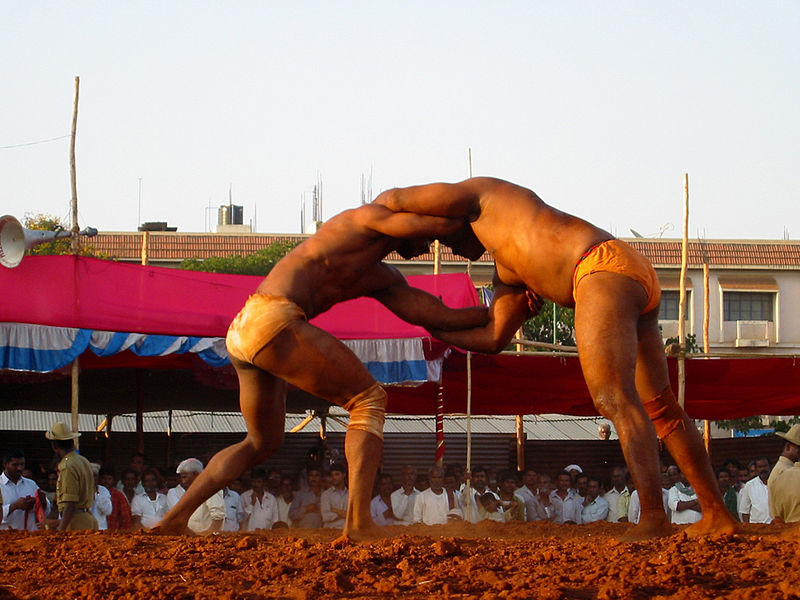Indian martial arts have varying forms that originated in different regions. Each of these arts has its own history, styles, and techniques. Some of these art forms spread to other countries especially in South East Asia along with the spread of Hinduism and Buddhism.
While the world knows Karate and Kung Fu, no one has heard of Silambattam or Gatka. Why? Because Indians martial arts have lost the patronage they once enjoyed. The common people have taken up foreign forms of martial arts instead of popularising and holding on to native culture. Indian martial arts are not recognized as sports in India itself. This has led to the decline of most forms. Today, we can see only a handful of villages that manage to cling on to tradition and customs but it has started to fade there as well.
Kalaripayattu or Kalari

Kalaripayattu or Kalari is the oldest martial art form in India. It is one of the oldest martial art in the world and originated in Kerala by Sage Parasurama. Its origins date back to third century BC and have been called ‘the mother of martial arts’ in some historical texts.
Kalari means ‘battlefield’. This form of fighting was dominant in battles, especially during the twelfth century. The movements involved in Kalaripayattu were influenced by the movements of animals like lion, elephant, cat, peacock, snake, and tiger. By learning this martial art, one could boost his physical strength as well as his mental wellbeing. In order to master this art, one has to possess deep knowledge about the body’s pressure points which will help him to win over his opponents.
Silambattam or Silambam

Silambattam is an ancient martial art involving bamboo sticks as the primary weapon and is believed to have originated in Tamil Nadu around 1000 BC as mentioned in several ancient texts. It was mainly popularised during the rule of the Pandyas of Madurai. Tales and legends trace the origin of this art to Sage Agastya and Lord Muruga, who have been held in high reverence by the practitioners of Silambattam. In order to master this art, one needs to build his flexibility, coordination, kinesthetic sense, agility, speed, and balance.
Gatka

Gatka is an ancient martial art that originated among the Sikhs of Punjab based on the concept of mind-body unification. It is believed to be a physical and spiritual exercise involving the body and soul and the person transcends higher as he learns the art. Though the sword is the main weapon, other weapons like Kirpan, Kataar, lathis, and shields.
Gatka is a milder version of Shastar Vidya, which was banned by the British. It was introduced as a battle technique of the Sikhs during the time of the sixth guru, Guru Gobind Singh.
Pehlwani or Kushti

Pehlwani is an Indian form of wrestling that was developed during the Mughal era and has Persian influences as well. It derives a lot of its techniques and principles from Malla-Yuddha which can be traced back to the fifth century BC.
The Pehlwans are required to follow a strict diet that comprises sattvic foods. Milk, ghee, and almonds were main components along with fresh fruits. Local matches were held often and were called ‘dangals’. Before the match, the ground is made ready by mixing buttermilk, ghee, and oil with the mud; water is also sprinkled during the match, to minimize the injuries of the pehlwans. During the British colonization, Pehlwani saw a decline.
Recently there have been various attempts to uplift this martial art.
